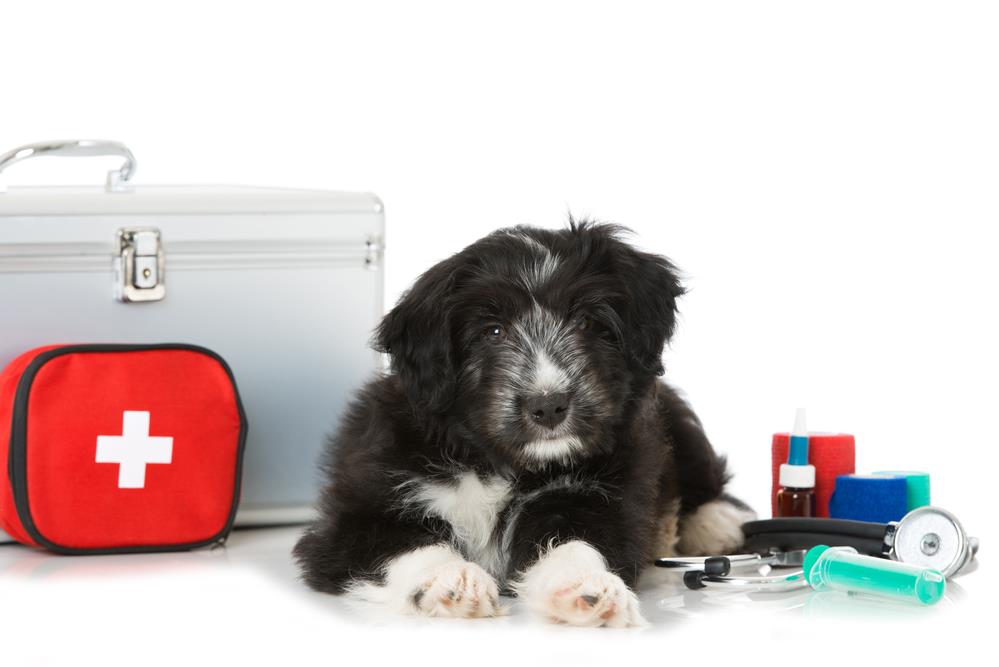Every pet owner should have a basic knowledge of Pet First Aid. It’s essential for the immediate, temporary care given to your pet, particularly in emergencies before veterinary assistance is available. Its main aim is to alleviate pain, prevent further harm and potentially save lives.
In this article, we will cover a variety of topics pertinent to pet first aid. From understanding signs of distress, learning basic CPR techniques for pets, to managing common emergencies such as burns, poisoning, and fractures.
We will also delve into creating a practical pet first aid kit and knowing when to seek professional veterinary care. By the end of this article, you’ll be better equipped to provide immediate and effective first aid to your pet.
We recommend the inclusion of an infographic chart detailing the steps to perform pet CPR.
Recognising an Emergency in Your Pet
Understanding the signs of distress in your beloved pet is crucial for their wellbeing. Be observant for symptoms like excessive drooling, difficulty breathing, sudden changes in behaviour, or loss of appetite. These signs often indicate that your pet is in distress.
Minor vs Major Health Issues
It’s important to differentiate between minor and major health concerns. Minor issues, such as a slight limp or a small cut, can often be addressed at home or at a routine vet appointment. However, major health issues like seizures, constant vomiting, or collapse are emergencies that require immediate veterinary attention.
Recognising the Urgency of Symptoms
Recognising the urgency of your pet’s symptoms can be a literal lifesaver. For instance, while a one-off vomiting episode may not be cause for alarm, repeated vomiting demands immediate veterinary care. Knowledge of your pet’s normal behaviour is key here. Trust your instinct; if something doesn’t seem right, it probably isn’t.
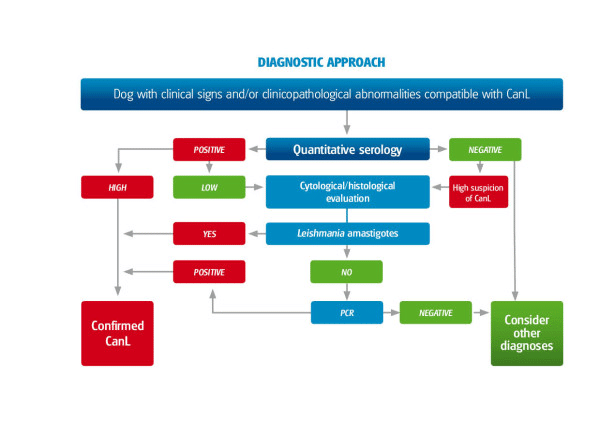
Pet-Specific CPR Techniques
Knowledge of pet-specific CPR techniques is pivotal for any pet owner. These techniques vary based on your pet’s species and size, primarily focusing on dogs and cats.
Checking for Breathing and Heartbeat
Before initiating CPR, it is crucial to verify whether your pet is breathing and if their heart is beating. Gently feel for a pulse on the inside of the thigh and watch for the rise and fall of the chest. If there are no signs of life or if they are faint, it’s time to perform CPR.
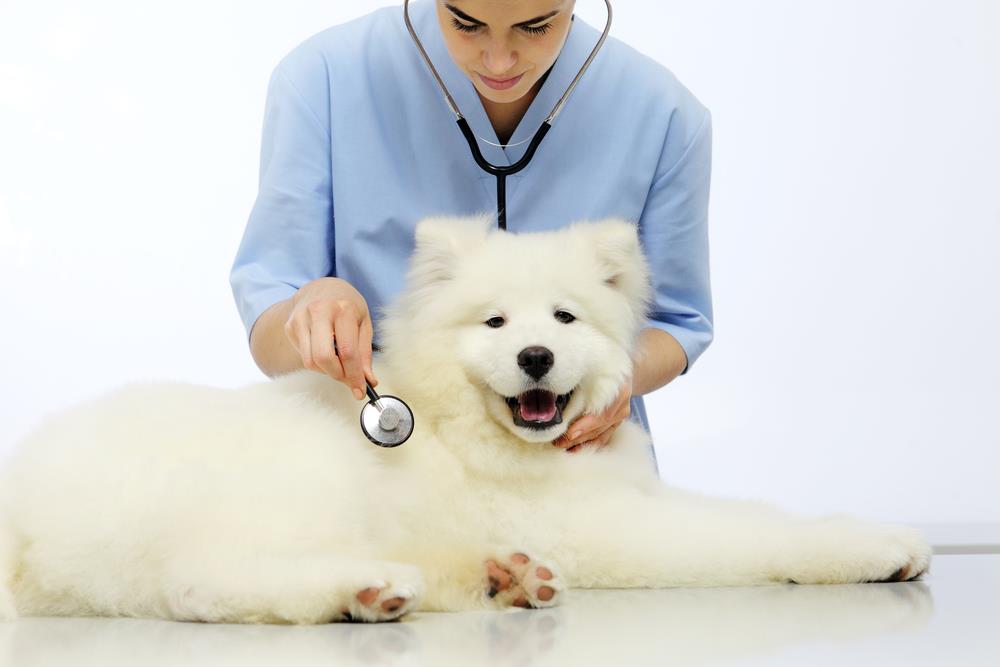
Chest Compression Techniques
The correct technique for chest compressions varies among pets. For dogs, place your hands on the widest part of the chest. For cats and small dogs, use the one-handed technique: hold the chest with your thumb on one side and fingers on the other.

To enhance your understanding, consider incorporating an infographic that illustrates these techniques in detail, which would be beneficial for visual learners.
Handling Common Pet Injuries
As a pet owner, knowing how to handle common injuries like cuts, burns, and fractures is crucial. A well-equipped first aid kit is a good start, but understanding the correct procedures can make a significant difference.
- Cuts: Stop the bleeding by applying pressure with a clean cloth. Once the bleeding stops, clean the wound with warm water and a mild soap, then apply a bandage.
- Burns: Cool the area with running water for at least ten minutes, then cover with a clean bandage. Avoid using ointments or creams as they can exacerbate the injury.
- Fractures: Immobilise the injured area if possible, but avoid causing further pain. Seek immediate veterinary attention.
Knowing when to seek professional veterinary care is also an essential aspect of pet first aid. If an injury seems severe, or if your pet’s behaviour changes significantly, don’t hesitate to seek professional help.
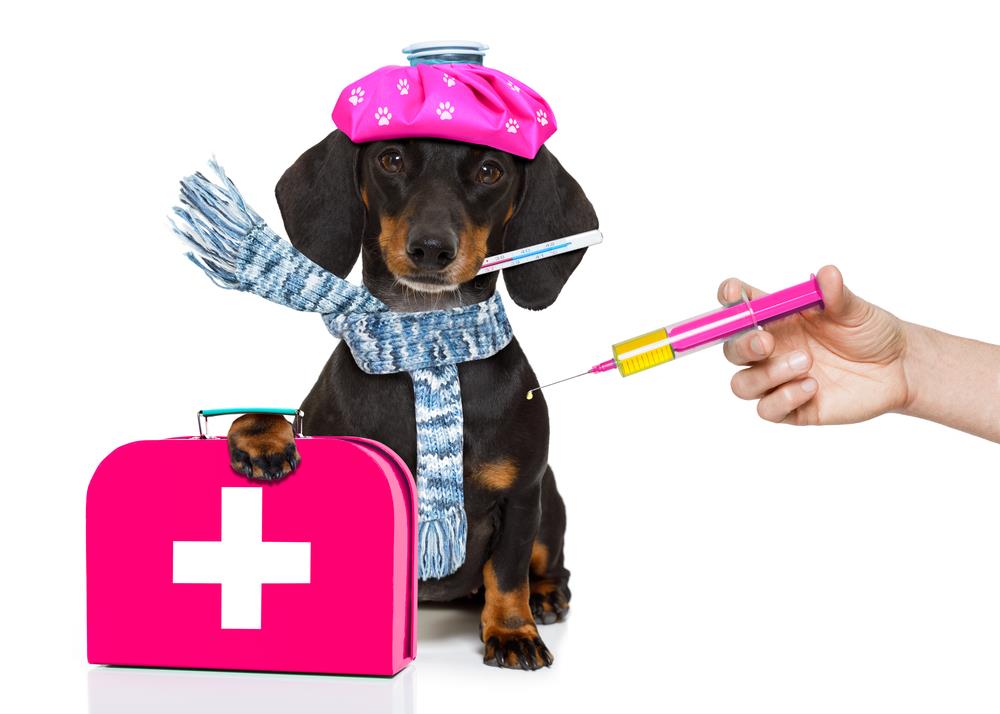
Remember, always consult a professional for advice on treating injuries.
Pet Poisoning: Symptoms and Immediate Actions
Many common household items can be harmful to your pets. These include certain plants, foods, cleaning products, and medications.
Signs of Pet Poisoning and What To Do
Poisoning symptoms in pets can vary greatly. They might include vomiting, seizures, loss of appetite, or unusual behavior. If you suspect that your pet has ingested a poisonous substance, it’s crucial to act quickly. Contact your vet or the Pet Poison Helpline immediately. [Image placeholder 2 – infographic on signs of pet poisoning]
Tips on Preventing Pet Poisoning
Prevention is the best strategy when it comes to pet poisoning. Keep hazardous items out of your pet’s reach, educate yourself on what’s harmful to your pet, and ensure your pet has a safe environment.
Preparing a Pet First Aid Kit
Every pet owner should be prepared for emergencies by having a comprehensive pet first aid kit. This kit should include essential items such as bandages, tweezers, a digital thermometer, antiseptic wipes, and a pet first aid book.
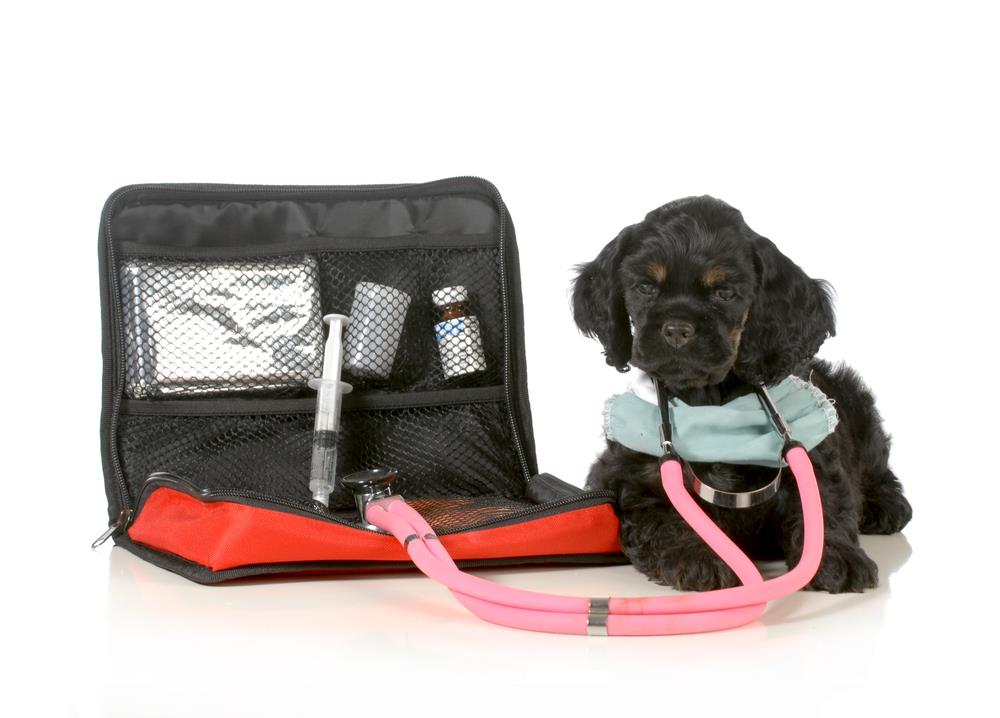
Having a first aid kit readily available is crucial. It can make a significant difference in your pet’s wellbeing during an emergency, potentially saving your pet’s life. The Australian Veterinary Association highlights the importance of immediate first aid before professional help is available.
Purchasing or Assembling a Pet First Aid Kit
You can either buy a pre-assembled kit or create your own. To create your own, ensure you include all the necessary items.
Basic Pet Health and Maintenance: A Proactive Approach to Prevent Emergencies
Prevention is always better than cure, especially when it comes to your pet’s health. Ensuring regular check-ups and vaccinations is paramount in maintaining their wellbeing and identifying any potential health issues early.
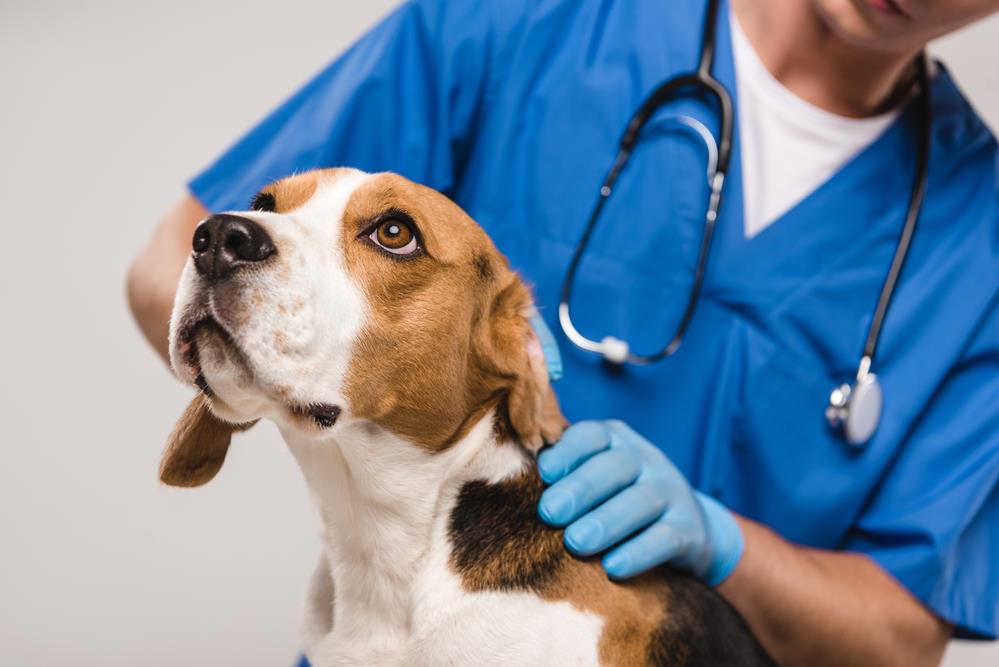
Proper nutrition, adequate exercise, and regular grooming are integral aspects of pet health. A balanced diet ensures your pet gets necessary nutrients for growth and energy. Exercise keeps their weight in check and promotes cardiovascular health, while grooming contributes to their overall hygiene and appearance.
The importance of these factors in maintaining pet health cannot be overstated. Neglecting any could result in emergencies, necessitating immediate and sometimes, costly medical attention. Thus, a commitment to basic pet health and maintenance is a commitment to your pet’s longevity and quality of life.
Regular Check-ups and Vaccinations: A Must for Every Pet
Regular veterinary check-ups and vaccinations play a critical role in preventing illnesses and ensuring your pet’s overall health. Annual check-ups can detect early signs of diseases while vaccinations protect them from common but deadly diseases.
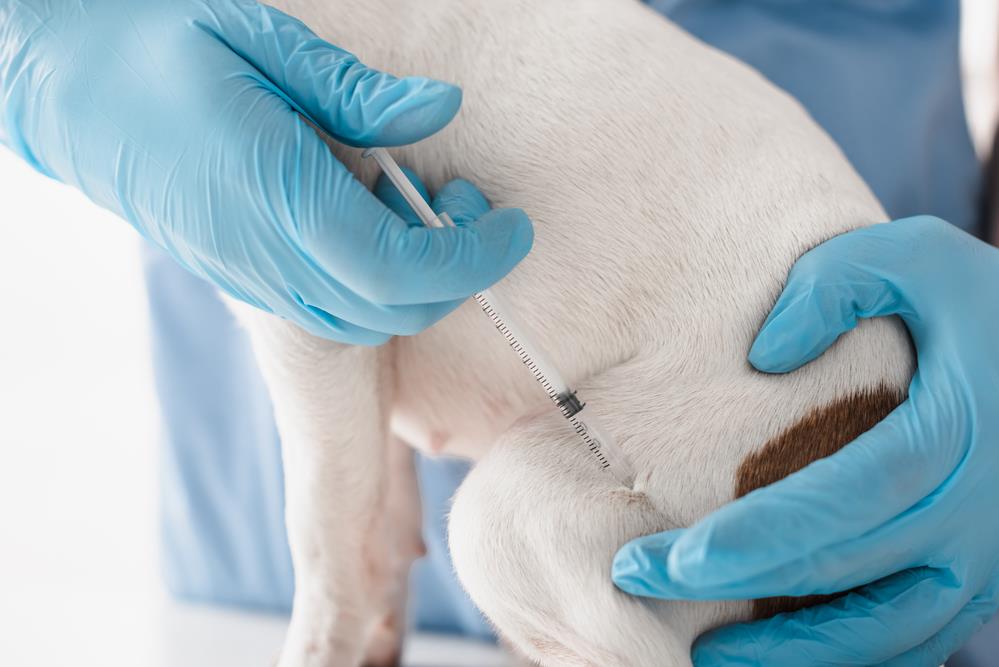
Conclusion: The Significance of Pet First Aid Education
Understanding the crucial role of pet first aid is paramount in maintaining pet health. Immediate action during emergencies can prevent further harm and even save lives. It’s a skill that every pet owner should possess, not only for emergencies but also for general pet wellness.
Continued learning in pet first aid isn’t just a suggestion, it’s a responsibility. There are ample resources available to further your education. Training courses and online resources can equip you with the knowledge and confidence to act efficiently when your pet needs you the most.
Ownership implies responsibility, and pet owners should be prepared for all aspects of care. This includes providing for your pet’s health in the most critical moments. Remember, your pet’s life may depend on your first aid knowledge.

